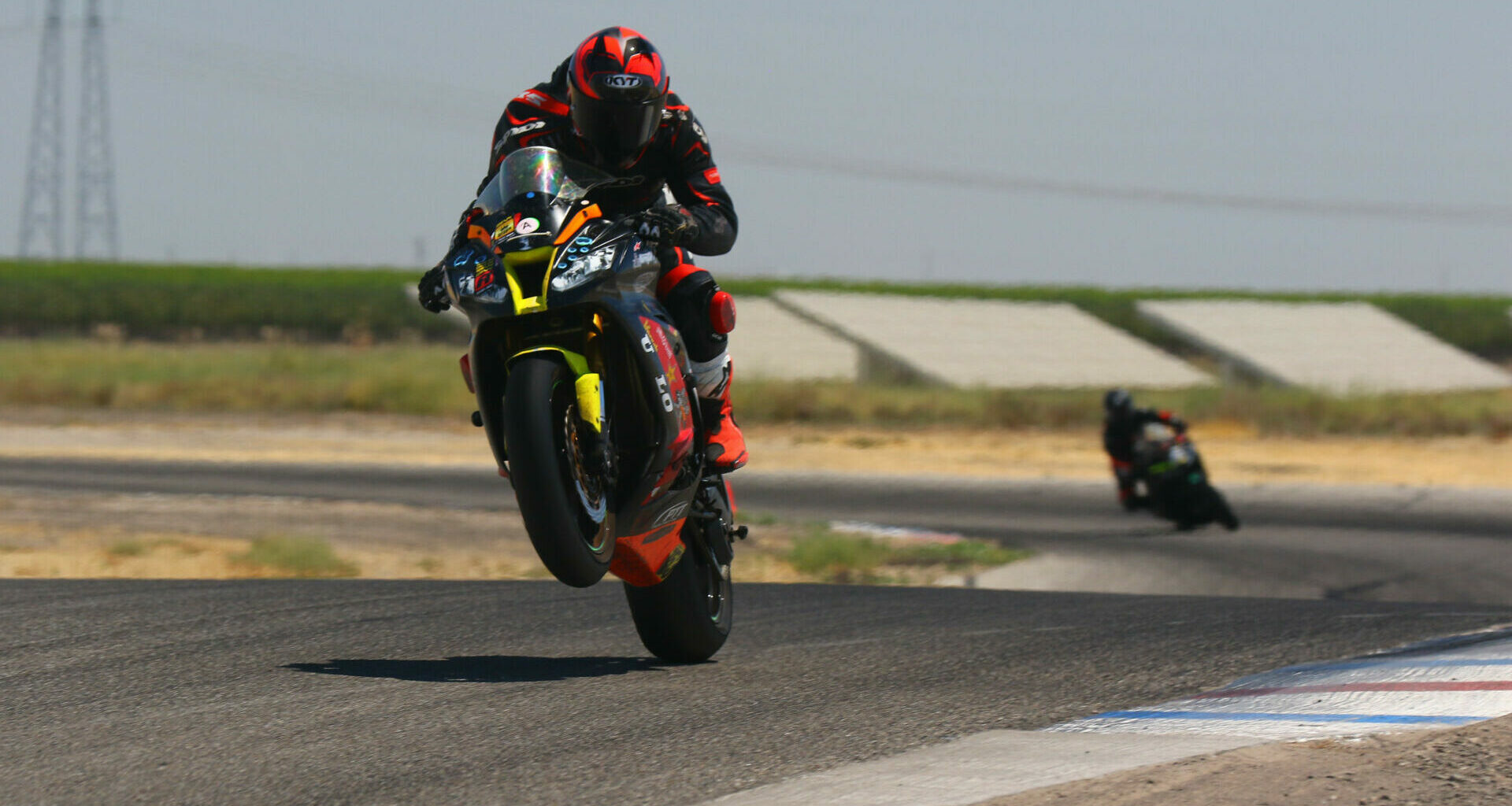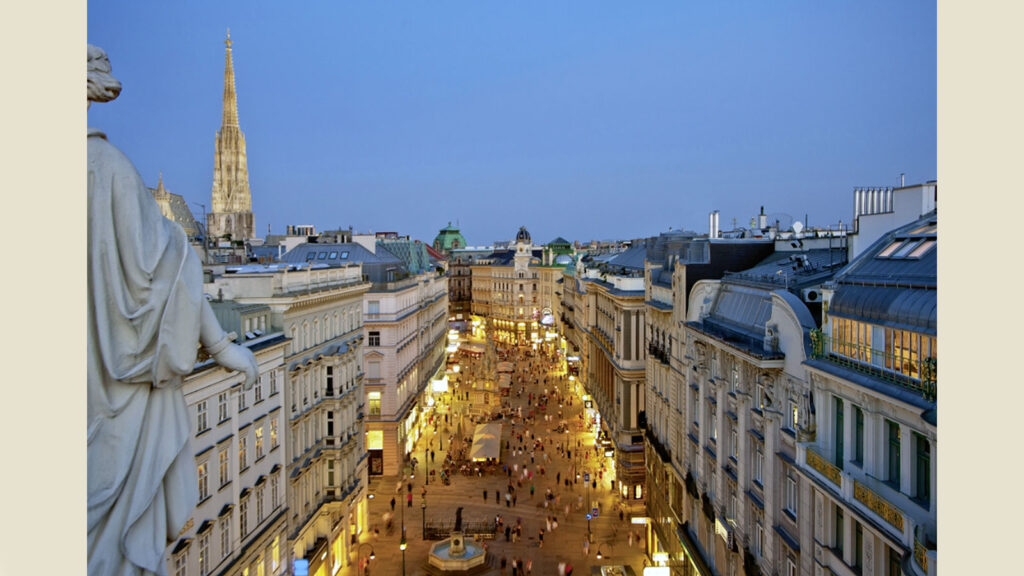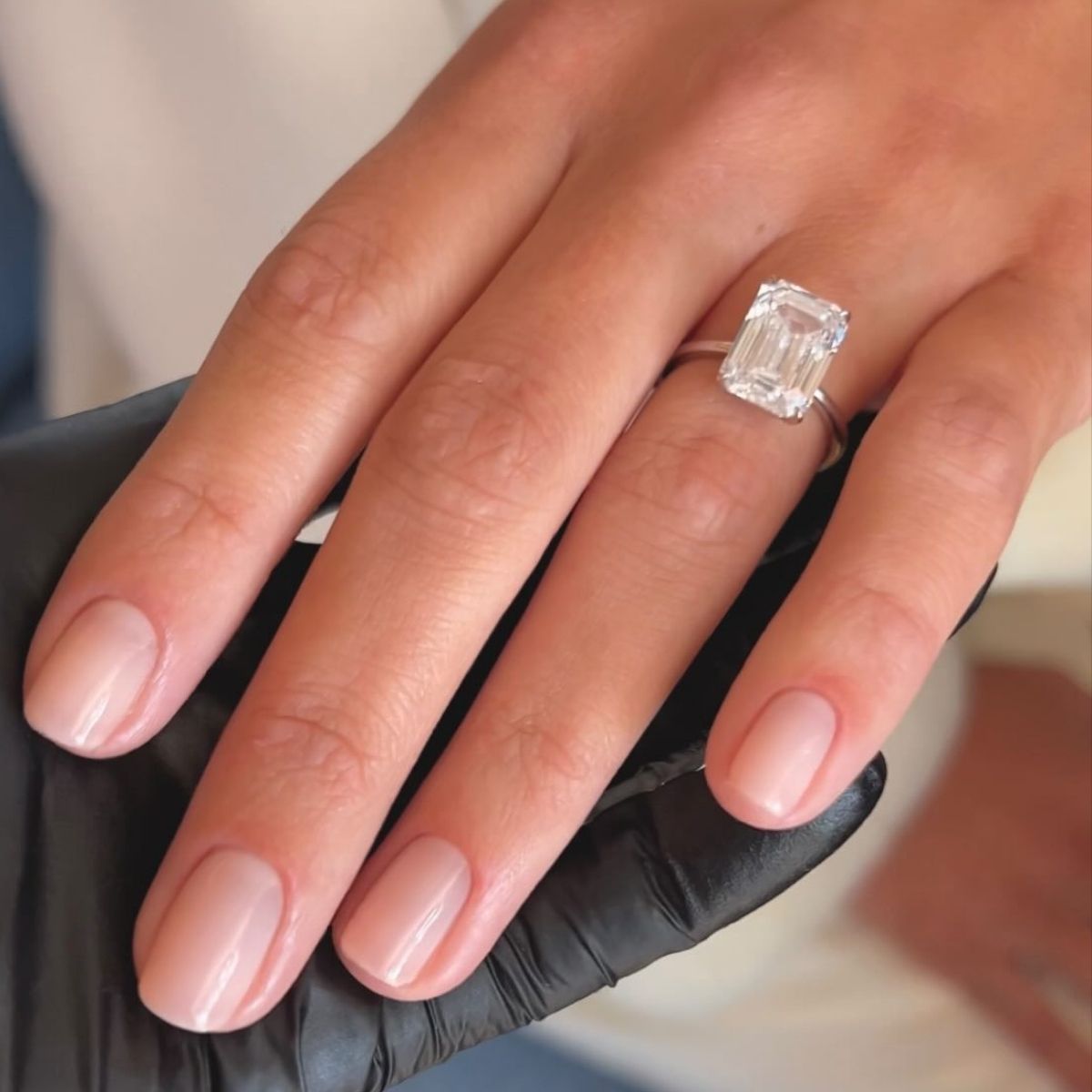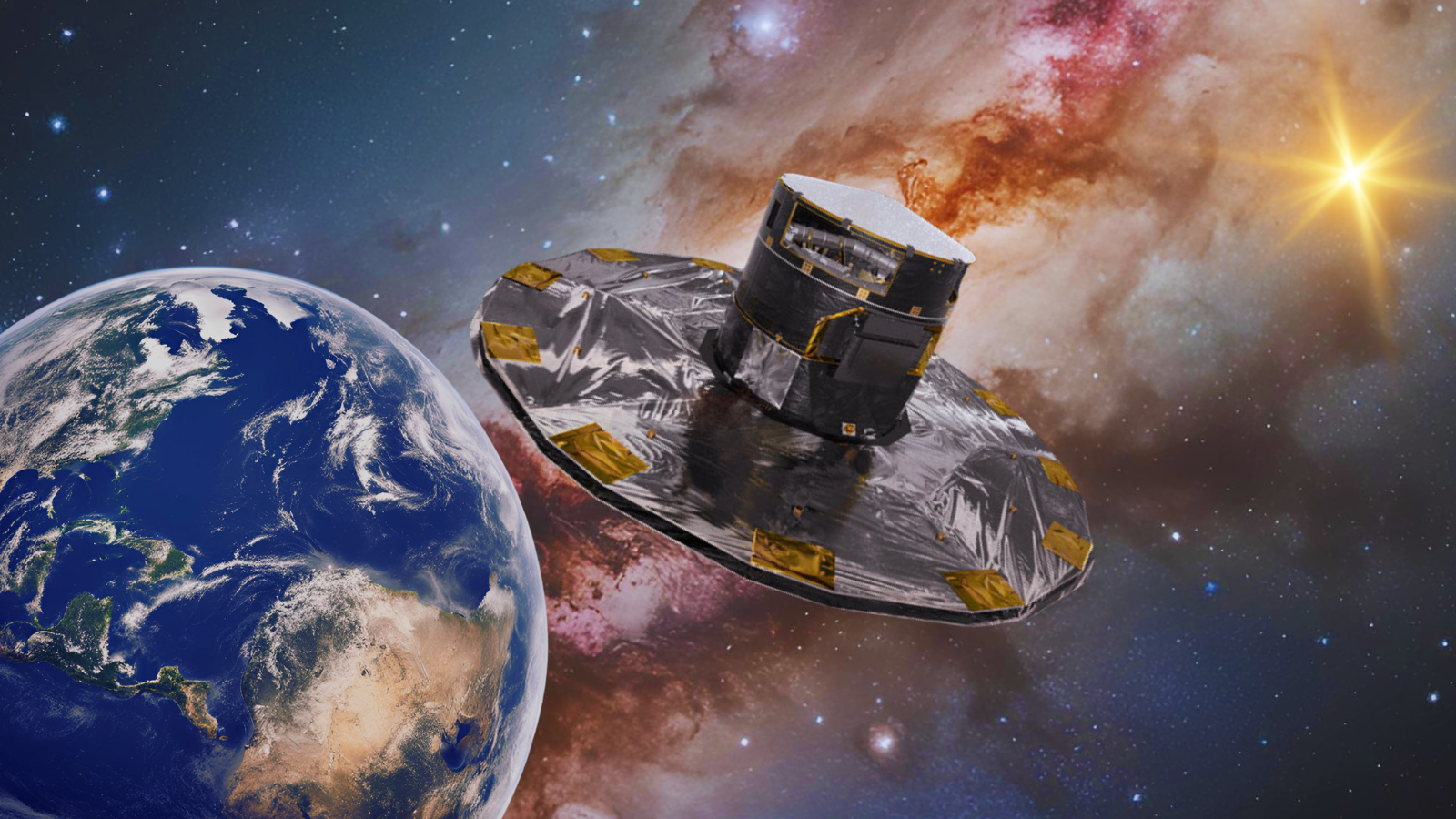Hubble Shows Young Stars Shaping Their Surroundings in the Orion Nebula
Orion the Hunter, resplendent in the northern hemisphere’s night sky in winter, is more than an easily identified constellation. It’s home to the Orion Nebula, the nearest star-forming region to Earth. It’s a mere 1,500 light-years away and can be seen with the naked eye below the three stars that form Orion’s belt. New Hubble … Continue reading "Hubble Shows Young Stars Shaping Their Surroundings in the Orion Nebula" The post Hubble Shows Young Stars Shaping Their Surroundings in the Orion Nebula appeared first on Universe Today.

Orion the Hunter, resplendent in the northern hemisphere’s night sky in winter, is more than an easily identified constellation. It’s home to the Orion Nebula, the nearest star-forming region to Earth. It’s a mere 1,500 light-years away and can be seen with the naked eye below the three stars that form Orion’s belt.
New Hubble images show how young, newly-formed stars in the Orion Nebula are altering their environments.
The Orion Nebula is one of the most heavily studied features in the sky. By observing Orion, astronomers have made great strides in understanding how stars and planets form. It’s home to hundreds of young protostars, two of which are featured in the Hubble image: HOPS 150 and HOPS 153, though HOPS 150 is actually a binary star. They get their names from the Herschel Orion Protostar Survey, which is a sample of more than 400 young stellar objects (YSOs) in Orion’s molecular clouds.
HOPS 150 is in the image’s upper-right corner. Two young protesters orbit each other, each surrounded by its own disk. These very young stars are still growing by accreting material from these disks. The dark vertical line cutting through them is dust that’s being drawn into the pair of stars. The dust line is enormous, more than 2,000 AU across. Astronomers think that the binary protostar is about halfway to becoming a mature star.
HOPS 153 is actually out of this image’s frame, but its jet is clearly visible. Astronomers think that the YSO is much younger than HOPS 150. It radiates more infrared radiation, indicating that it’s surrounded by more dust than HOPS 150. It’s still firmly ensconced in its dusty birth nebula, and dust absorbs light from the star and re-emits it in the infrared.
Not all of the material that falls into a young protostar will become part of the star. YSOs often emit powerful jets of material from their poles. Research shows that these jets can extract up to 30% of a young star’s accretion power. The jets are visible where they crash into the interstellar medium, lighting it up and creating bow shocks and other features.

YSOs like HOPS 153 spin more rapidly than mature stars and have more powerful magnetic fields as a result. This affects how the material is accreted onto the star and also drives the jets by collimating infalling material. The jets of material interact with the surrounding gas, heating it and causing bubbles to form. That affects how other stars can form from the gas and how planets form around the star. This is how YSOs can shape their environments.
Young stars are complex objects and can be difficult to observe. They’re often obscured by dust, and, like HOPS 153, their jets can be their most visible manifestation. These jets can extend for several light-years into space.
Stars seldom form in isolation, and as YSOs accrete material, they shape their surroundings and the stars that follow them. How exactly this all plays out is an area of intense study for astronomers and astrophysicists. Images like this from the Hubble are an important part of the effort.
The post Hubble Shows Young Stars Shaping Their Surroundings in the Orion Nebula appeared first on Universe Today.
What's Your Reaction?



















































































